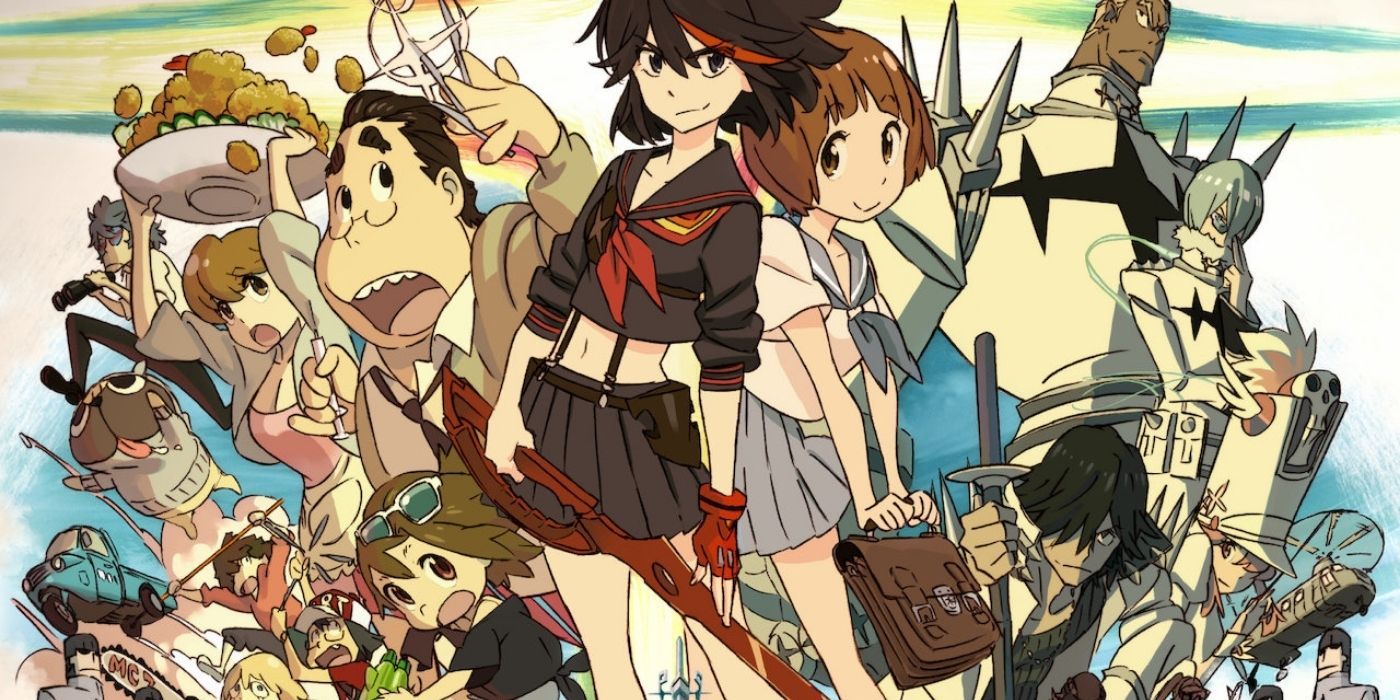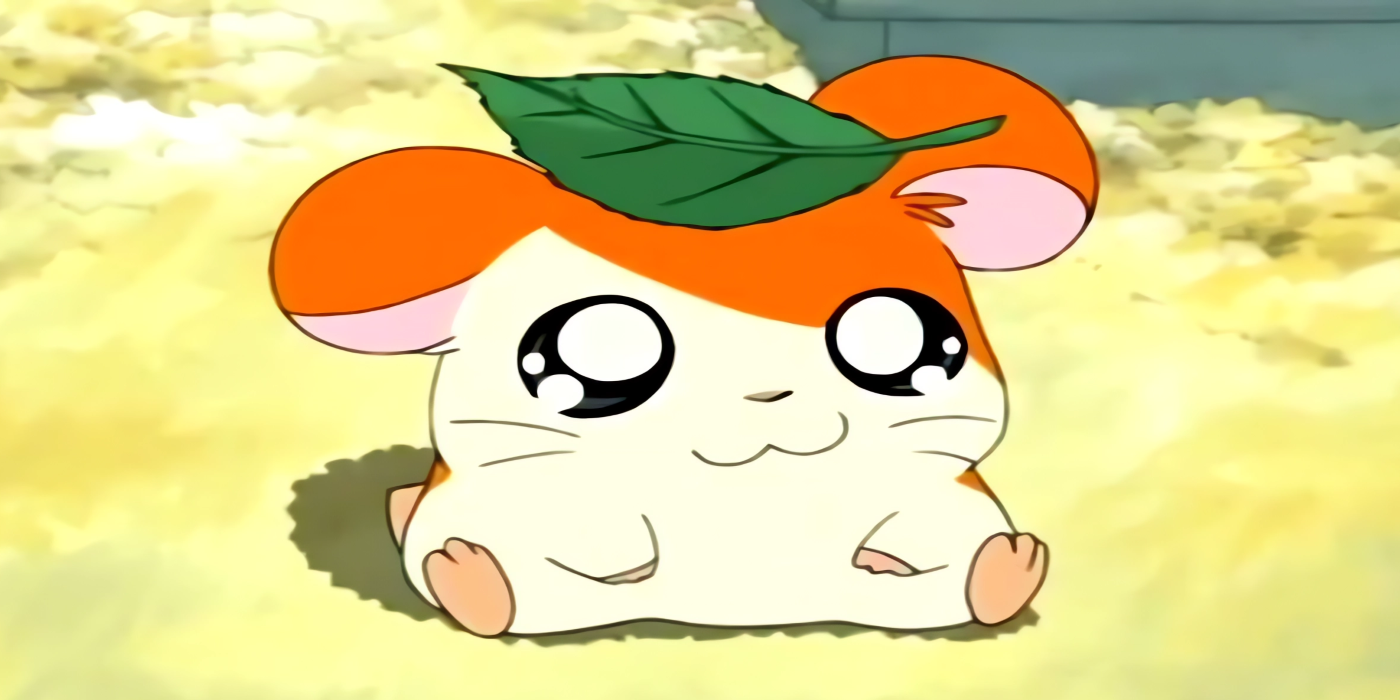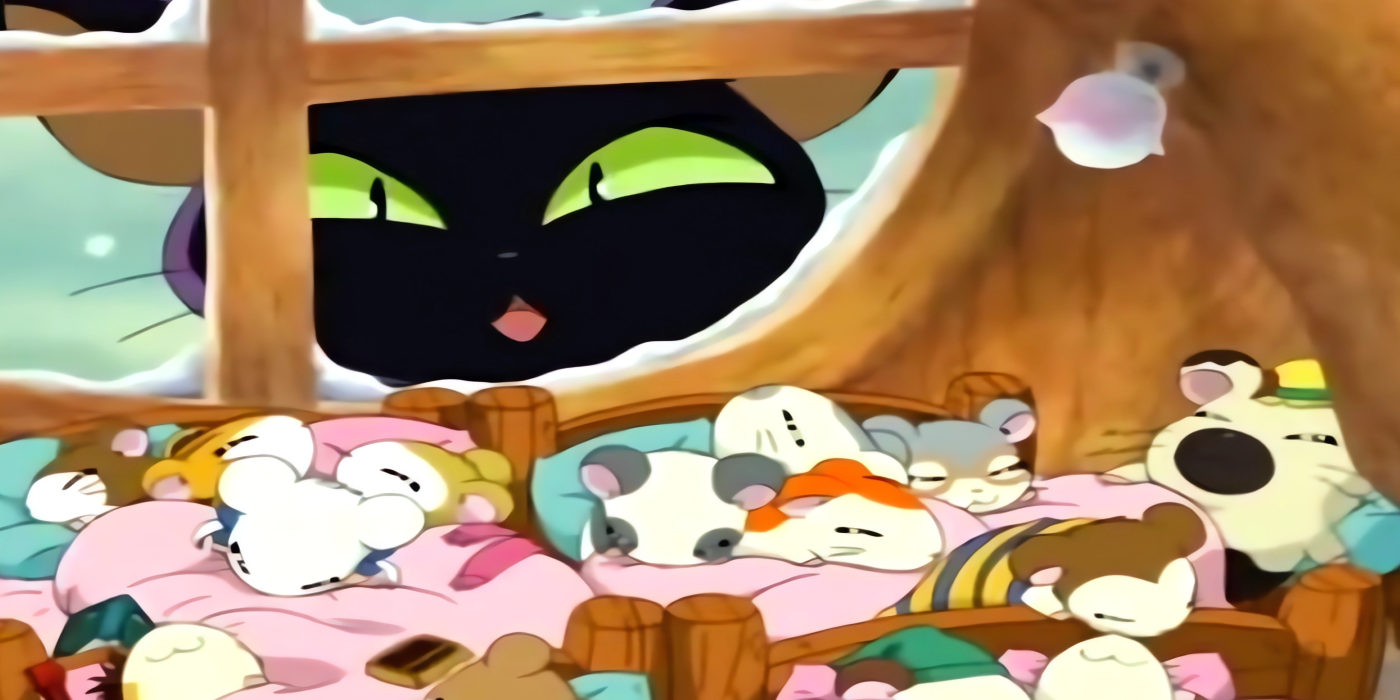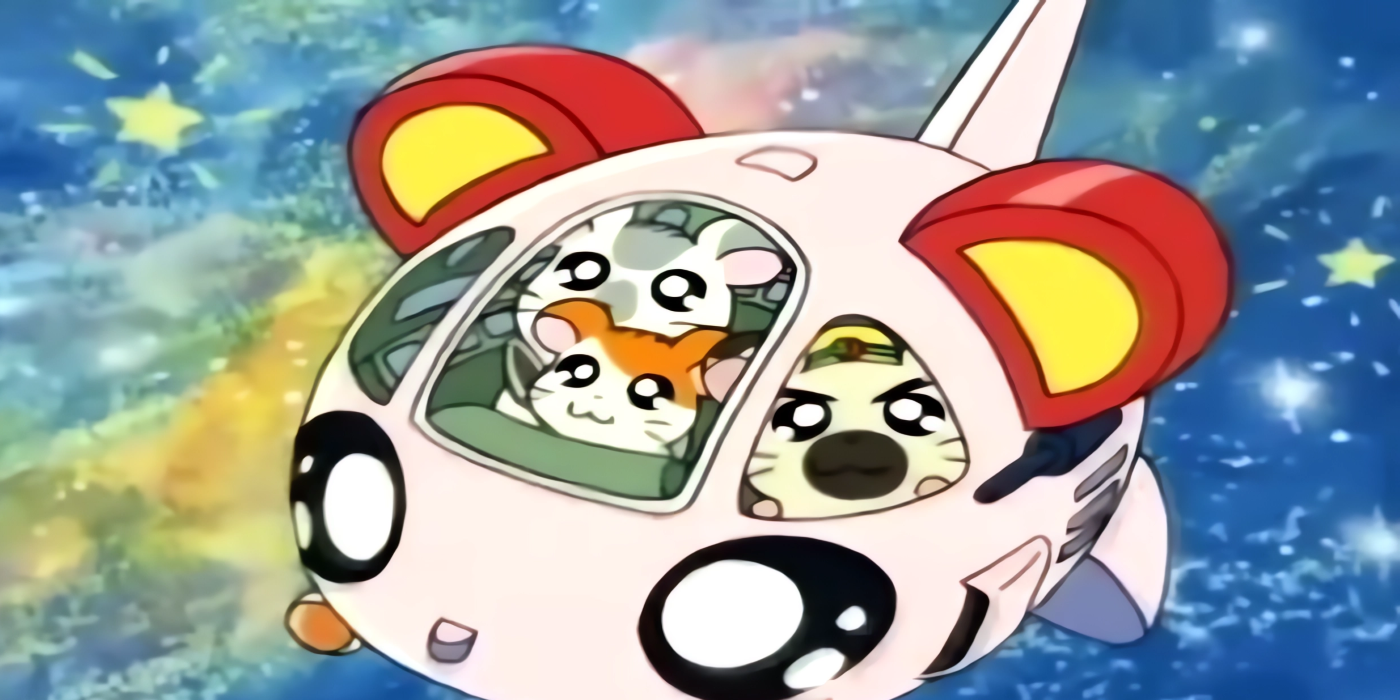For American kids in the early 2000s, Toonami was the best and most iconic way to enjoy action-packed anime series in the comfort of their homes. From beloved classics like Dragon Ball to bizarre series like Bobobo-bo Bo-bobo, this segment was the favorite part of the day for young anime fans. The shows selected for Toonami were only the best of the best, with most featuring epic battles and impressive magical abilities.
Yet, among the many cherished shows aired during this era, one stands out for how different it was from its peers: Hamtaro. This series, which was aimed at young children and followed the story of the titular hamster, always seemed like a strange addition to Toonami’s catalog. Its themes, characters, and overall atmosphere did not match the rest of the segment’s anime.
Hamtaro’s Child-Centered Adventures Were A Bizarre Addition to Toonami’s Catalogue
The Show Has Always Been Heavily Marketed at Young Children
Toonami was known among 2000s anime fans for its action-centered selection of anime, as almost all shows, even those targeted at girls, included a few battles. It was, in great part, thanks to this beloved segment that series like Dragon Ball, Cardcaptor Sakura, and Naruto gained popularity with American fans. This is the main reason why the addition of the Hamtaro anime remains one of the strangest choices made by the executives behind Toonami. Unlike most other series that used to air during this segment, including the first introduction to the harem genre for American fans, Hamtaro was not intended for older children or teenagers.
When this wholesome and cozy show was released in the year 2000, it was made clear that the story was aimed mostly at children and young kids. The adventures of the titular protagonist, a small and kind hamster named Hamtaro, teach viewers about sharing, friendship, and caring for others. The show contains little to no violence, a striking difference from shows like Bleach, famous for its visually stunning and expertly choreographed fights. Nevertheless, this did not impede the people behind Toonami’s selection of programs to include it in its roster.

Related
One Of Toonami's Best Anime Was Secretly An Ode To Magical Girls
Kill la Kill is renowned for its unique take on multiple genres, but its relationship with mahou shoujo ("magical girl") is always underestimated.
While the series has nothing that could make it unpleasant for audiences, it does not feel like it belongs in this segment. Having a cute and defenseless rodent among some of the strongest characters in anime is beyond strange. Despite the bizarre circumstances surrounding this series’ spot in Toonami, it is undoubtedly a genuinely entertaining show. Fans who remember watching Hamtaro hold it in high regard, as it gave them many memorable moments that made their childhoods better.
Hamtaro Is a Simple But Amazing Series
His Adventures Are Genuinely Heartwarming

The Hamtaro anime series tells the story of the pet of a 10-year-old girl named Laura, the titular hamster protagonist, who moved with his family to a new city. In his new home, the rodent meets with a group of sentient hamsters called the Ham-Hams. While he is forced to act like a regular pet most of the day, he would use the opportunity to play with his friends whenever Laura got distracted. Together, they would venture out into the world, learning about life and the environment that surrounded them.
The themes touched upon by the show were meant to appeal to a younger audience. By following Hamtaro on his daily adventures, kids would learn about the importance of honesty, kindness, selflessness, and many more important life lessons. By their side would be a team of adorable and endearing hamsters, each with unique personalities and quirks. The animation, despite being simplistic, had an outstanding use of color that made each new adventure feel alive and joyful. Overall, the Hamtaro anime was an interesting but worthwhile entry in Toonami’s history.
Laura’s Pet Has Withstood the Passage of Time
The Lessons Taught by the Hamster Have Not Become Obsolete

One of the best aspects of the Hamtaro anime series is how relevant and useful its teachings are for children despite how much time has passed. Due to the show not attempting to approach any complex subjects, instead focusing on more broad and simple themes, the teachings imparted by the hamsters are just as valid as they were decades ago. Allowing a kid to watch Hamtaro allows them to learn more about the world around them, as well as how to socialize with others respectfully. As they learn, children are enchanted by cute and cheerful rodents.
Even though certain aspects of the anime might seem obsolete or antiquated for current generations, seeing as the story takes place in the early 2000s, the teachings it contains are just as important. Children will never stop needing to learn to be kind, to chase their dreams, or how to make friends. The series teaches them all these lessons in a way that they will never forget. Moreover, due to the episodic nature of the series, viewers can begin watching any episode, as it will need almost no further explanation.
Hamtaro Left a Graceful Legacy
Despite Its Sudden End, Fans Still Love the Series

Although Hamtaro was a series that fascinated a large audience when it was first released, its ratings began to quickly decline after a few years. By the end of 2005, the artists working on the series were informed that the series would get canceled. By 2006, Cartoon Network and most other channels that used to air the show suddenly pulled the plug on its transmission. The effects of this decision were not immediate, as most fans of the series were too young to know what happened. Nevertheless, decades later, Hamtaro’s popularity rose again.
The anime has become something of a cult classic, with followers of the rodent’s adventures cherishing each memory they made with their furry friend. Merchandising of the series has also become somewhat popular, with the Game Boy games being quite expensive despite the show being mostly forgotten. The fact that the series has dedicated fandom almost two decades after its ending proves how beloved the series is. It might not have become as iconic as other anime that aired in Toonami like Yu-Gi-Oh!, but the hours of joy it brought children are still appreciated.
Incorporating Hamtaro into Toonami’s catalog is still considered one of the strangest ideas that came from this representative segment. Nonetheless, the show still helped thousands of children who learned and laughed along with the adorable hamsters. It is a series that should not be forgotten, as it is still outstandingly entertaining and wholesome.









 English (US) ·
English (US) ·